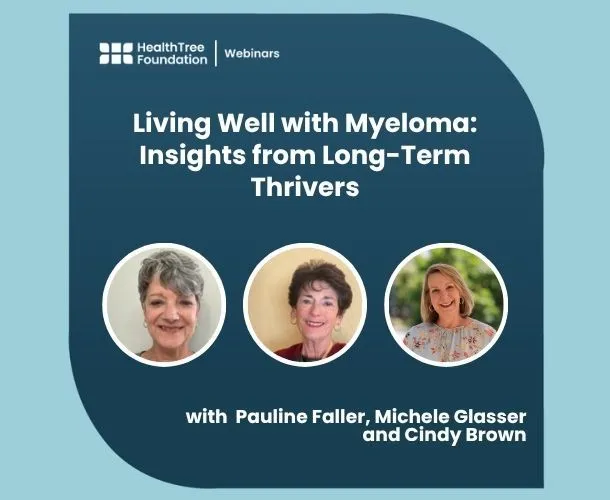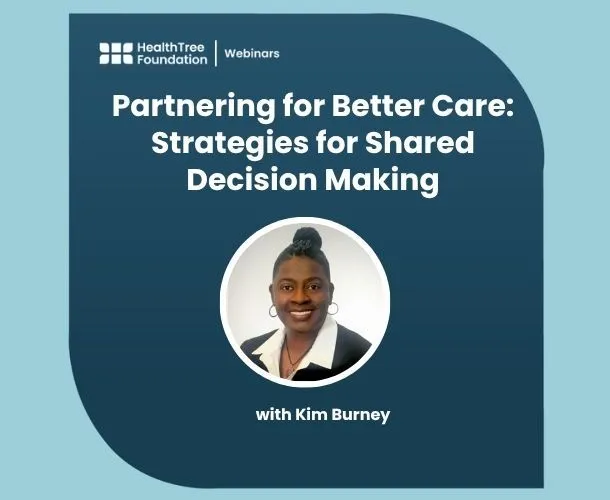ASH 2016: How to Time and Sequence Myeloma Therapies (Without Stem Cell Transplant)

With more therapies in the clinic, knowing what drugs should be given in what combination and in what order can be challenging. Noopur Raje, MD of Massachusetts General Hospital in Boston presented one of the major myeloma sessions on this important topic at the recent ASH 2016 conference. She mentioned that today's 5-year survival is 47% and most patients will relapse within 3-4 years. With every relapse, the remission duration typically becomes shorter. So while patients and doctors are starting to see a pathway to a cure, there is still clearly need for greater improvements. Factors that could improve outcomes include:
Better Outcomes Through Earlier Treatment
- Earlier diagnosis when the disease is less complicated
- Using better diagnostic tools like imaging (MRIs, PET-CT scans, genetic profiling, etc) to assess disease burden
- Achieving higher response rates earlier in treatment with deeper responses that provide longer term remissions
- Newly diagnosed patients should participate in clinical trials where access to new drugs is key
A More Personalized Approach
Dr. Raje mentioned a more personalized medicine approach that takes into account many factors to find these better treatments and applies them personally:
- By genetic risk
- By age - if you get to complete response, it means you'll have good outcomes
- For renal impairment
- By fitness status
Triplets are Better Than Doublets
The theme of triplets vs. doublets was strong. She showed that triplets were better for overall survival and can get 90% of patients into a complete response. She noted that in many of the new clinical trials, Relimid/Velcade/dex (RVD) was the typical triplet combo used. For those with some renal failure, Cytoxan/Velcade/dex (CyBorD) might be a better choice.
Adding Fourth Drugs
Dr. Raje mentioned that specialists are now asking if a fourth drug should be added to the mix to improve outcomes. She mentioned that in one study, cyclophosphamide (Cytoxan) was combined with a standard triple combination and didn't show improved results. So she suggests that the ongoing studies that add other drugs like daratumumab, elotuzumab, and panobinostat will likely be better options than Cytoxan.
Shooting for Minimal Residual Disease (MRD)
Dr. Raje mentioned that patients who become MRD negative have significant progression free survival and better overall survival. This could be because disease control means better outcomes or push out the time to next treatment. She also noted that not all patients get there (and do just fine) and patients who are MRD negative can still become MRD positive.
What To Consider at Relapse
Things she considers at relapse include: 1. What kind of relapse? Was it immediate and fast or slow growing and after prolonged remission? 2. Are there new high risk features? Some subclones can mean more mutations according to Dr. Jens Lohr. 3. What drugs have been used so far? 4. What was the response to previous treatments? 5. Is the patient fit? 6. What other health issues does the patient have?
For Patients Who Relapse Early
- Look to clinical trials
- Combine all appropriate drugs (proteasome inhibitor, immunomodulator, steroid and possibly monoclonal antibody)
- Consider new treatments: immunotherapies, New HDAC inhibitors, new immunomodulators, new proteasome inhibitors, new drugs (like venetoclax and selinexor), or new combos that haven't been tried before
For Patients Who Relapse Late
- Consider using what worked before and reuse it or add one new drug to a previous combo
- Consider new treatments: immunotherapies, New HDAC inhibitors, new immunomodulators, new proteasome inhibitors, new drugs (like venetoclax and selinexor), or new combos that haven't been tried before
With more therapies in the clinic, knowing what drugs should be given in what combination and in what order can be challenging. Noopur Raje, MD of Massachusetts General Hospital in Boston presented one of the major myeloma sessions on this important topic at the recent ASH 2016 conference. She mentioned that today's 5-year survival is 47% and most patients will relapse within 3-4 years. With every relapse, the remission duration typically becomes shorter. So while patients and doctors are starting to see a pathway to a cure, there is still clearly need for greater improvements. Factors that could improve outcomes include:
Better Outcomes Through Earlier Treatment
- Earlier diagnosis when the disease is less complicated
- Using better diagnostic tools like imaging (MRIs, PET-CT scans, genetic profiling, etc) to assess disease burden
- Achieving higher response rates earlier in treatment with deeper responses that provide longer term remissions
- Newly diagnosed patients should participate in clinical trials where access to new drugs is key
A More Personalized Approach
Dr. Raje mentioned a more personalized medicine approach that takes into account many factors to find these better treatments and applies them personally:
- By genetic risk
- By age - if you get to complete response, it means you'll have good outcomes
- For renal impairment
- By fitness status
Triplets are Better Than Doublets
The theme of triplets vs. doublets was strong. She showed that triplets were better for overall survival and can get 90% of patients into a complete response. She noted that in many of the new clinical trials, Relimid/Velcade/dex (RVD) was the typical triplet combo used. For those with some renal failure, Cytoxan/Velcade/dex (CyBorD) might be a better choice.
Adding Fourth Drugs
Dr. Raje mentioned that specialists are now asking if a fourth drug should be added to the mix to improve outcomes. She mentioned that in one study, cyclophosphamide (Cytoxan) was combined with a standard triple combination and didn't show improved results. So she suggests that the ongoing studies that add other drugs like daratumumab, elotuzumab, and panobinostat will likely be better options than Cytoxan.
Shooting for Minimal Residual Disease (MRD)
Dr. Raje mentioned that patients who become MRD negative have significant progression free survival and better overall survival. This could be because disease control means better outcomes or push out the time to next treatment. She also noted that not all patients get there (and do just fine) and patients who are MRD negative can still become MRD positive.
What To Consider at Relapse
Things she considers at relapse include: 1. What kind of relapse? Was it immediate and fast or slow growing and after prolonged remission? 2. Are there new high risk features? Some subclones can mean more mutations according to Dr. Jens Lohr. 3. What drugs have been used so far? 4. What was the response to previous treatments? 5. Is the patient fit? 6. What other health issues does the patient have?
For Patients Who Relapse Early
- Look to clinical trials
- Combine all appropriate drugs (proteasome inhibitor, immunomodulator, steroid and possibly monoclonal antibody)
- Consider new treatments: immunotherapies, New HDAC inhibitors, new immunomodulators, new proteasome inhibitors, new drugs (like venetoclax and selinexor), or new combos that haven't been tried before
For Patients Who Relapse Late
- Consider using what worked before and reuse it or add one new drug to a previous combo
- Consider new treatments: immunotherapies, New HDAC inhibitors, new immunomodulators, new proteasome inhibitors, new drugs (like venetoclax and selinexor), or new combos that haven't been tried before
about the author
Jennifer Ahlstrom
Myeloma survivor, patient advocate, wife, mom of 6. Believer that patients can contribute to cures by joining HealthTree Cure Hub and joining clinical research. Founder and CEO of HealthTree Foundation.
More on Treatment Advances
Trending Articles




Get the Latest Multiple Myeloma Updates, Delivered to You.
By subscribing to the HealthTree newsletter, you'll receive the latest research, treatment updates, and expert insights to help you navigate your health.
Together we care.
Together we cure.
3x Faster.












